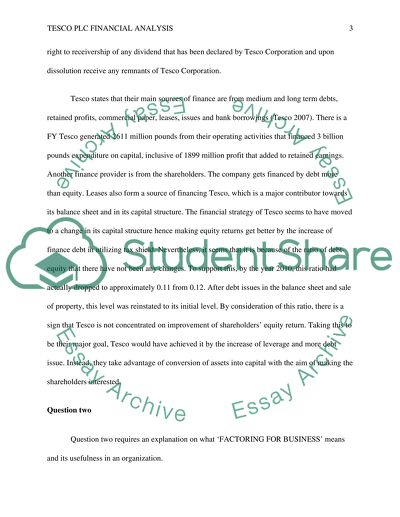Cite this document
(“Tesco Plc Financial Analysis Coursework Example | Topics and Well Written Essays - 2000 words”, n.d.)
Tesco Plc Financial Analysis Coursework Example | Topics and Well Written Essays - 2000 words. Retrieved from https://studentshare.org/finance-accounting/1448539-coursework-for-introduction-to-finance
Tesco Plc Financial Analysis Coursework Example | Topics and Well Written Essays - 2000 words. Retrieved from https://studentshare.org/finance-accounting/1448539-coursework-for-introduction-to-finance
(Tesco Plc Financial Analysis Coursework Example | Topics and Well Written Essays - 2000 Words)
Tesco Plc Financial Analysis Coursework Example | Topics and Well Written Essays - 2000 Words. https://studentshare.org/finance-accounting/1448539-coursework-for-introduction-to-finance.
Tesco Plc Financial Analysis Coursework Example | Topics and Well Written Essays - 2000 Words. https://studentshare.org/finance-accounting/1448539-coursework-for-introduction-to-finance.
“Tesco Plc Financial Analysis Coursework Example | Topics and Well Written Essays - 2000 Words”, n.d. https://studentshare.org/finance-accounting/1448539-coursework-for-introduction-to-finance.


